CARING WITH FAMILY
|
| The Basset Fauve de Bretagne is generally a friendly and affectionate breed that forms strong bonds with its family members and people it knows well. They are known for being sociable and enjoy being around their loved ones. While individual personalities may vary Basset Fauves tend to love and welcoming towards their family members often treating them like close companions and best friends. It’s important to note that socialization and proper training play a significant role in shaping a dog's behavior. Early socialization and exposure to various people, situations and environments can contribute to a well-rounded and friendly adult dog. Additionally, consistent and positive training methods help establish good behavior and reinforce the bond between the dog and its human family members. |
LOVE WITH CHILDREN
Unwise
Good With Children
|
| Dogs should be under constant supervision when around young children or older children who have limited experience with dogs due to their level of tolerance and patience with children's behavior along with their generally family-friendly nature. |
BEHAVIOR WITH DOGS
Unwise
Good With Other Dogs
|
| Dogs should be supervised when interacting with other dogs as certain breeds have a higher likelihood of being generally friendly towards their fellow canines, whether it be in a home setting or when out in public. |
SHEDDING LEVELS & MANAGEMENT
No Shedding
Hair Everywhere
|
| The amount of fur and hair that a particular breed will leave behind can vary. Breeds that shed a lot will typically require more frequent brushing, have a higher likelihood of triggering allergies, and may necessitate more consistent use of a vacuum and lint roller. |
COAT GROOMING STANDARDS
|
| The frequency of bathing, brushing, trimming and other coat maintenance tasks varies depending on the breed. When considering the grooming effort needed, it's essential to evaluate the time, patience and budget you have available for this type of care. It is important to note that regular nail trimming is necessary for all breeds. |
DROOLING INTENSITY
Less Likely to Drool
Always Have a Towel
|
| If you have a preference for cleanliness, it is essential to consider how drool-prone a breed tends to be. Some dogs can leave ropes of slobber on your arm or create big wet spots on your clothes. If you are a neat freak, these breeds may not be the ideal choice for you in terms of maintaining a clean environment. |
COAT STYLES GUIDE |
| Smooth |
| COAT SPECTRUM |
| Short |
FRIENDLINESS
Reserved
Everyone Is My Best Friend
|
| The level of welcoming behavior towards strangers can vary among different breeds. Some breeds tend to be reserved or cautious around all strangers irrespective of the location. On the other hand certain breeds are generally happy to meet new humans whenever they are around. It's important to consider a breed's typical disposition towards strangers if you value a dog that is more open and friendly versus one that is more reserved. |
LIVELINESS
Only When You Want To Play
Non-Stop
|
| The level of enthusiasm for play can vary among different breeds, even beyond their puppyhood. Some breeds will continue to have a strong desire to engage in activities like tug-of-war or fetch well into their adult years. They are always up for a playful session and enjoy being active. On the other hand, some breeds are more inclined to relax on the couch with their owners most of the time preferring a more laid-back and low-energy lifestyle. Understanding a breed's tendency for playfulness is important if you are looking for a dog that matches your desired level of activity and play interaction. |
VIGILANCE INTENSITY
What's Mine Is Yours
Vigilant
|
| Some breeds have a natural tendency to alert their owners when strangers are around. They are more likely to react to any potential threat such as the mailman or a squirrel outside the window by barking or becoming vigilant. However, it's important to note that these breeds can still warm up to strangers who enter the house if they are accepted by the family. If you value a breed that is instinctively protective and alert these traits may be desirable for you. |
ADAPTATION CAPACITY
Lives For Routine
Highly Adaptable
|
| The adaptability of a breed to change can vary. Some breeds handle change more easily and are more adaptable to variations in living conditions, noise levels, weather, daily schedules and other day-to-day life changes. They tend to adjust quickly and are more resilient in the face of new experiences. Conversely, certain breeds may struggle with change and require more time and patience to adapt to new situations. Considering a breed's ability to handle change is important if you anticipate a dynamic or unpredictable lifestyle or if you prefer a dog that can adapt easily to different environments. |
OBEDIENCE LEVEL
Self-Willed
Eager to Please
|
| The ease of training and the willingness to learn new things can vary among different breeds. Some breeds are known for their intelligence, trainability and eagerness to please their owners. They are generally more responsive to training methods and enjoy learning new commands and tricks. These breeds are often motivated to make their owners proud and are eager to work alongside them. Certain breeds may have a more independent or stubborn nature. They may be less inclined to follow commands or be motivated by external rewards. These breeds may require more patience, consistent training, and a creative approach to teaching those new things. |
STAMINA LEVEL
|
| The required level of exercise and mental stimulation for different breeds varies. High-energy breeds are always prepared and enthusiastic for their next thrilling escapades, engaging in activities like running, jumping and playing throughout the day. Conversely low-energy breeds tend to exhibit a penchant for relaxation, resembling couch potatoes as they revel in the joy of lounging and snoozing. |
VOCALIZATION
|
| Likes To Be Vocal |
LEARNING CURIOSITY LEVEL
Happy to Lounge
Needs a Job or Activity
|
| The level of mental stimulation required for a breed to maintain happiness and good health is crucial. Purpose-bred dogs often have roles that demand decision-making, problem-solving, concentration and other cognitive skills. Without adequate mental exercise they will seek out their own tasks to keep their minds occupied which may not align with the activities you would prefer. |
| COLORS |
|
Description
|
Registration Code
|
|
Black & White
|
019
|
|
Black Brown & White
|
022
|
|
Black Tan & White
|
030
|
|
Black White & Brown
|
031
|
|
Black White & Tan
|
034
|
|
Brown Black & White
|
064
|
|
Lemon & White
|
115
|
|
Mahogany & White
|
130
|
|
Red & White
|
146
|
|
| PATTERNS |
|
Description
|
Registration Code
|
|
White Markings
|
014
|
|
Ticked
|
013
|
|
Black Markings
|
002
|
|
Black Mask
|
004
|
|
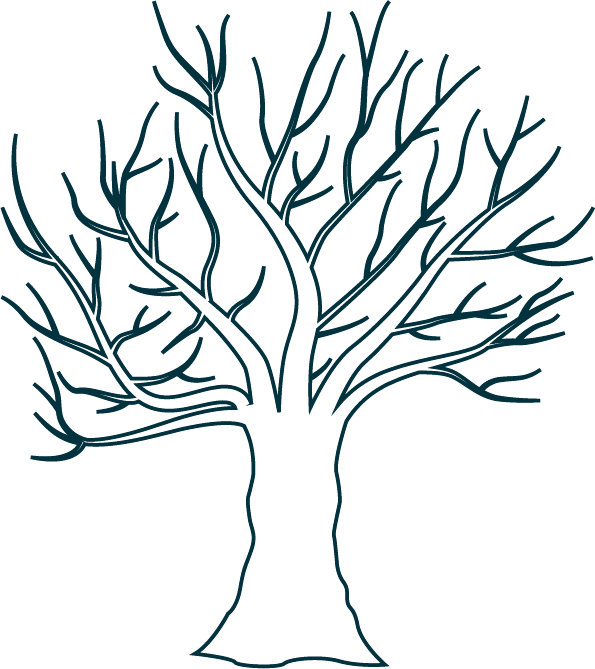


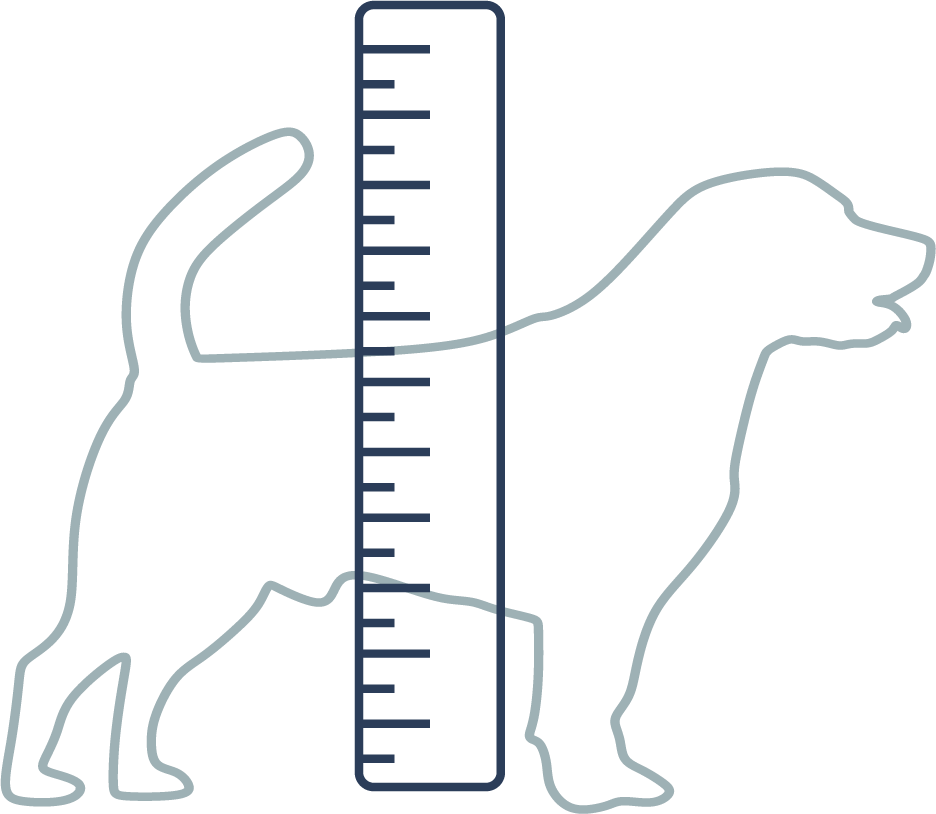


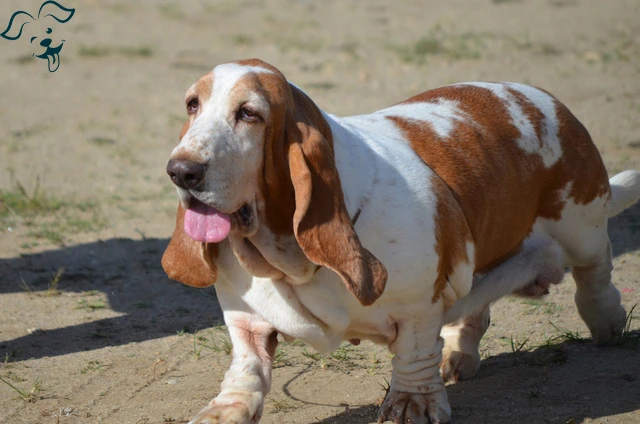
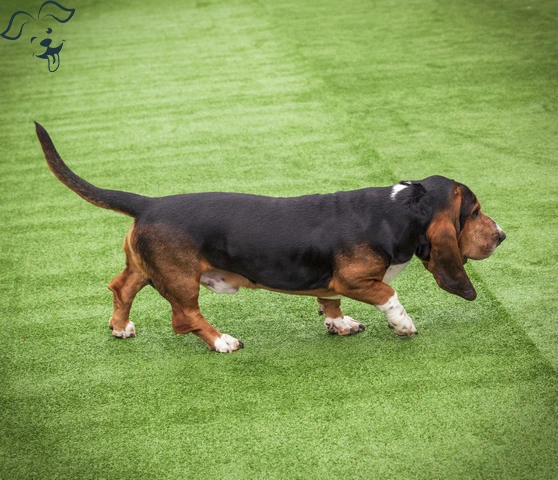
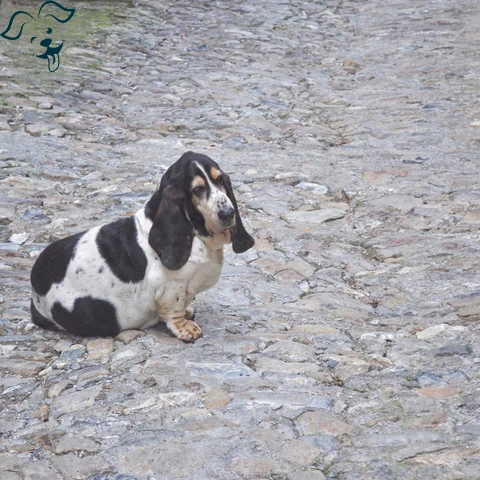
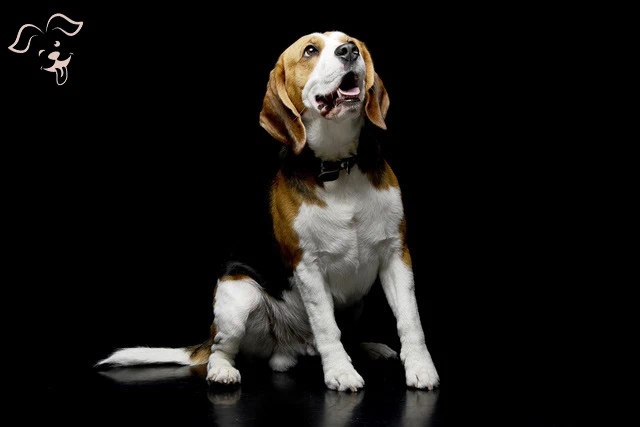






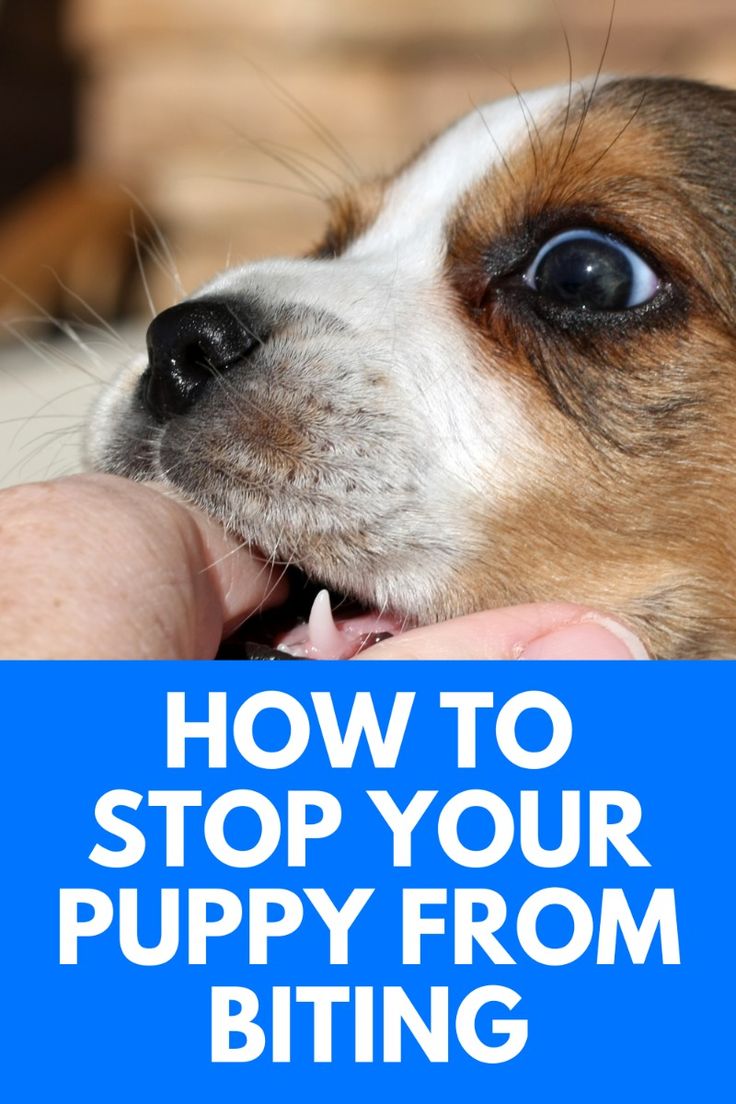


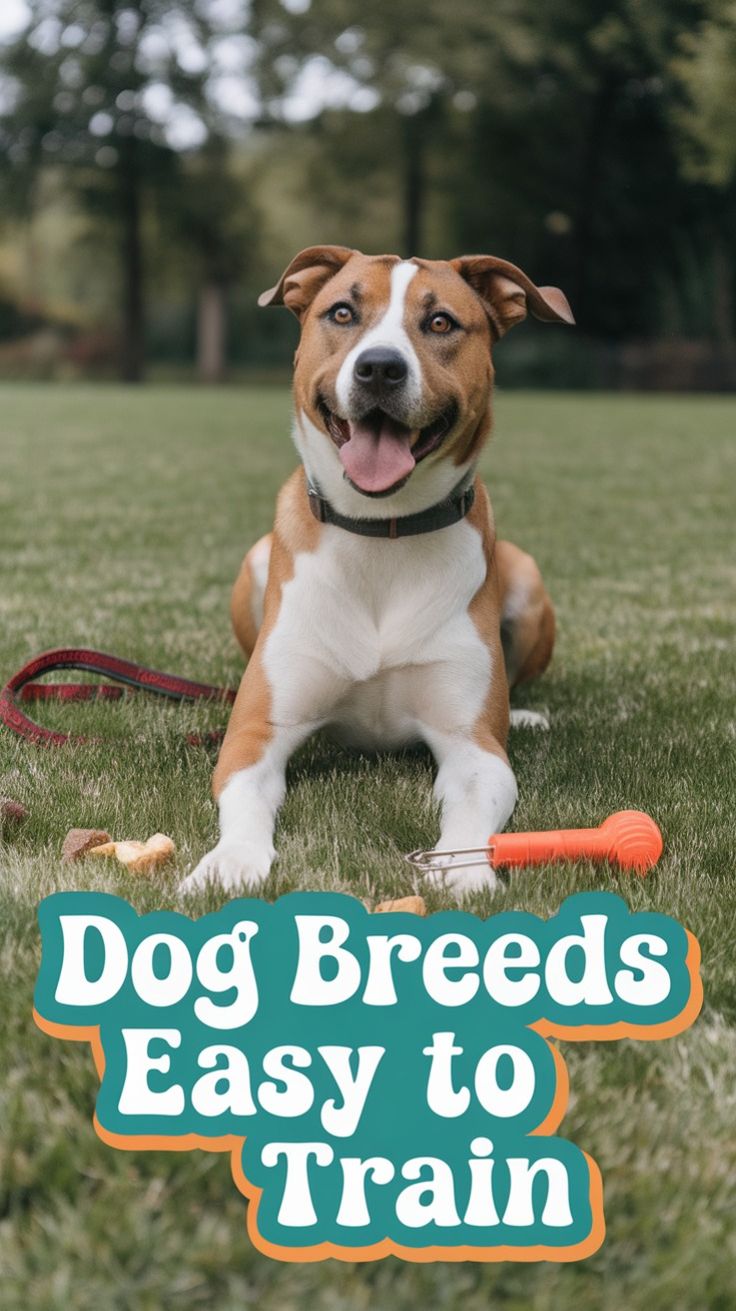
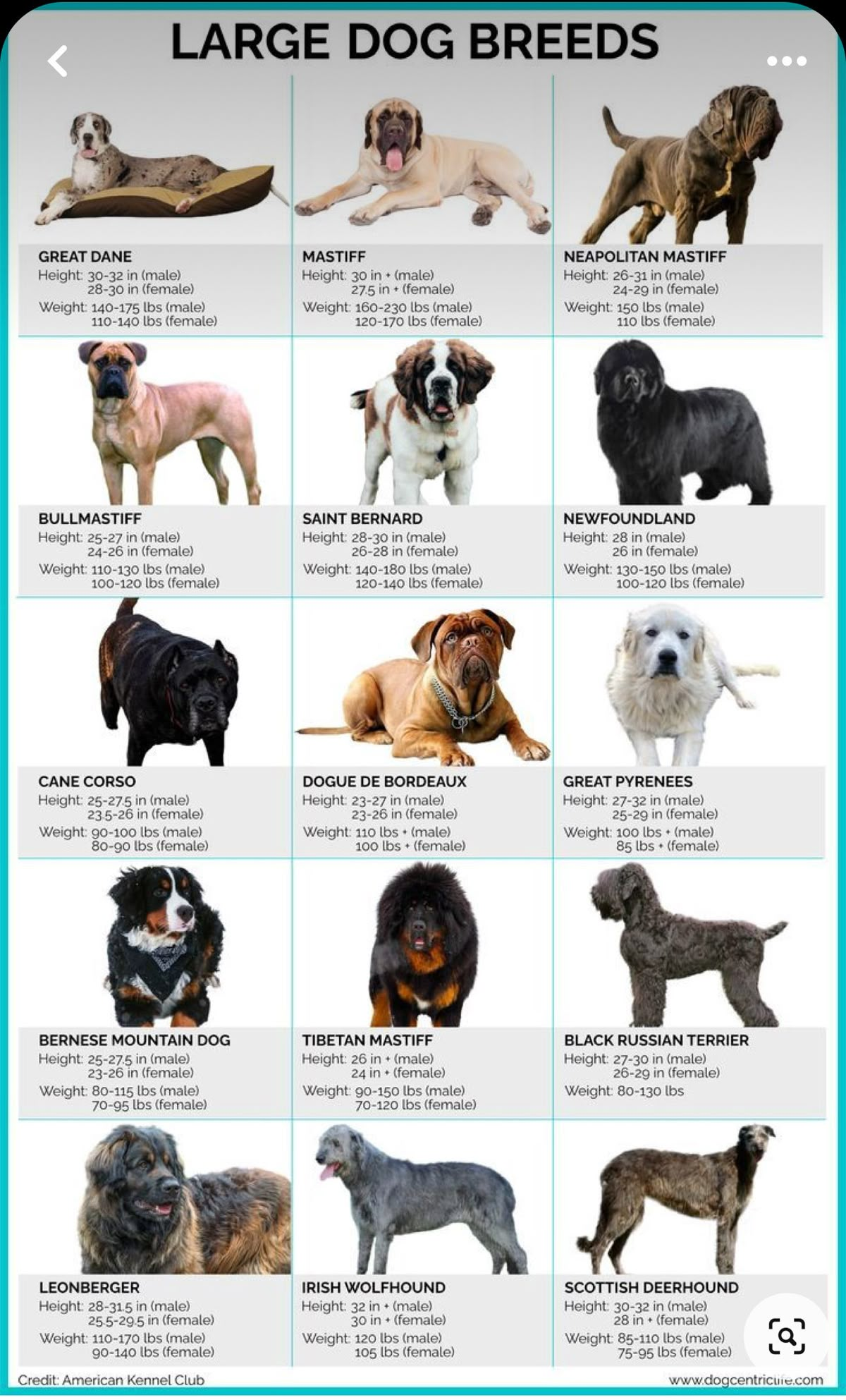

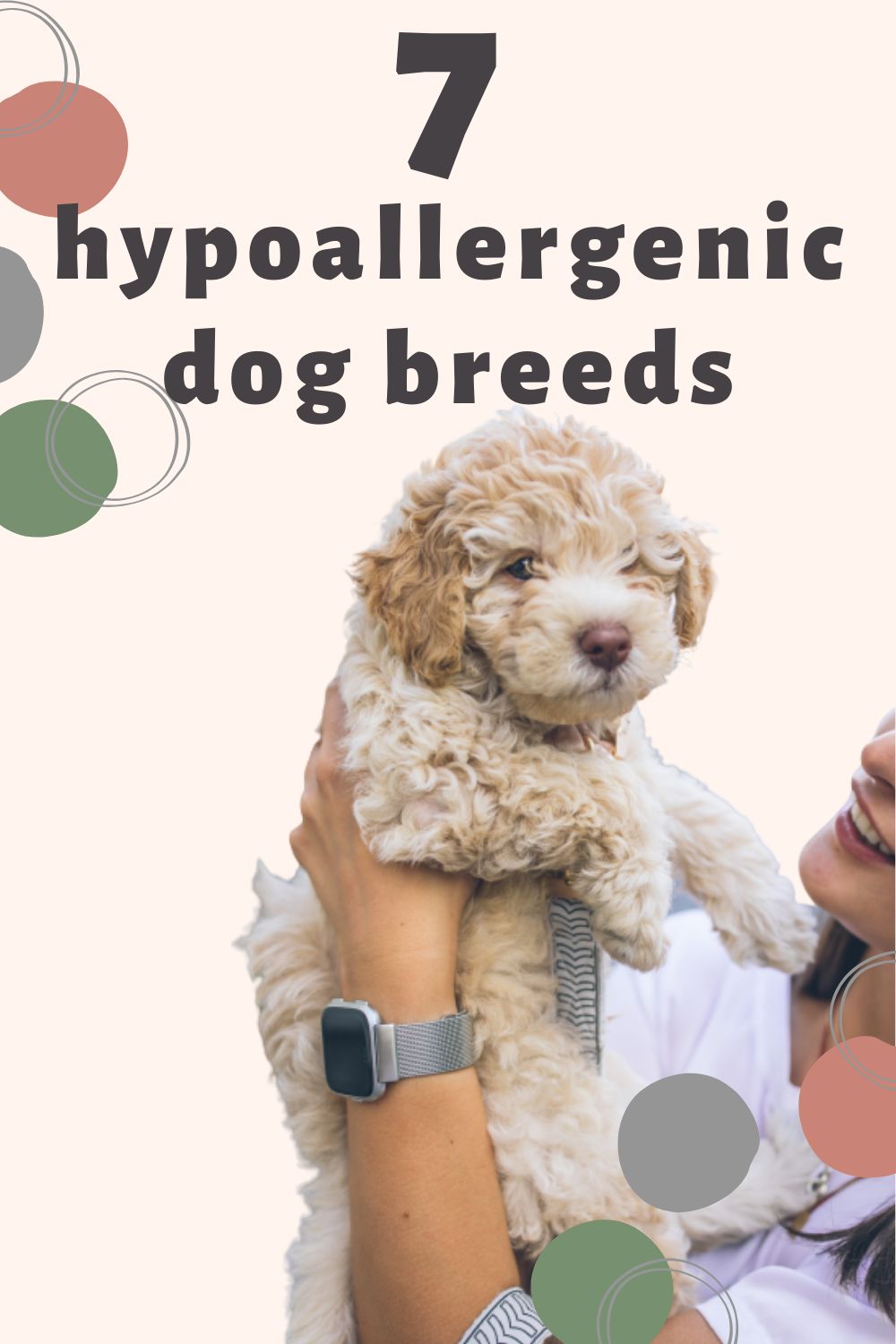
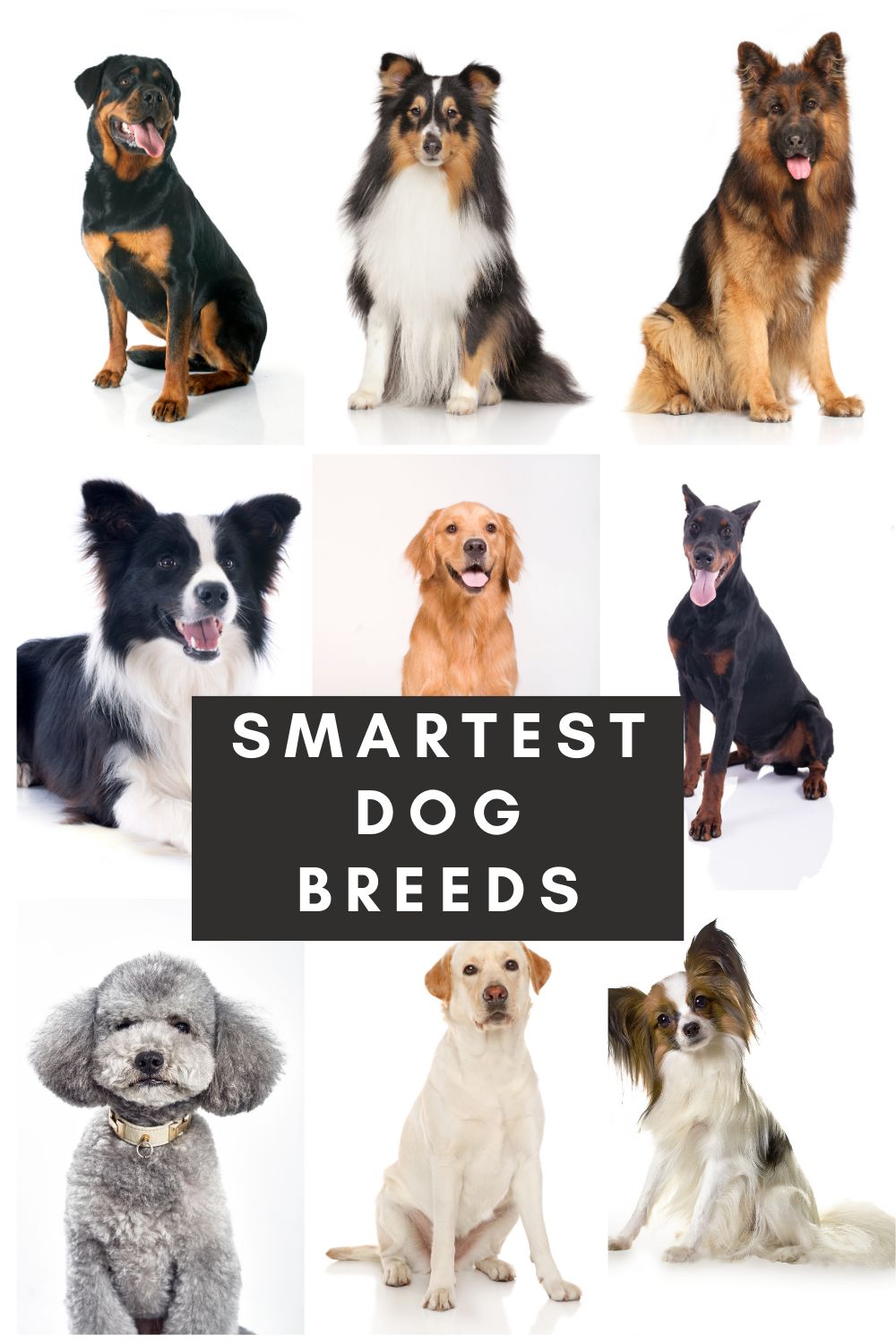



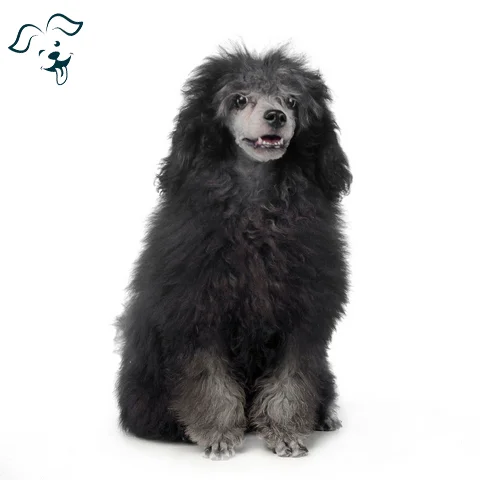

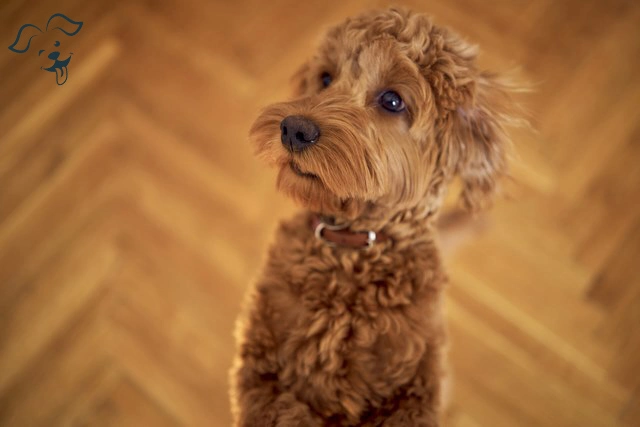
FRIENDLINESS
LIVELINESS
VIGILANCE INTENSITY
ADAPTATION CAPACITY